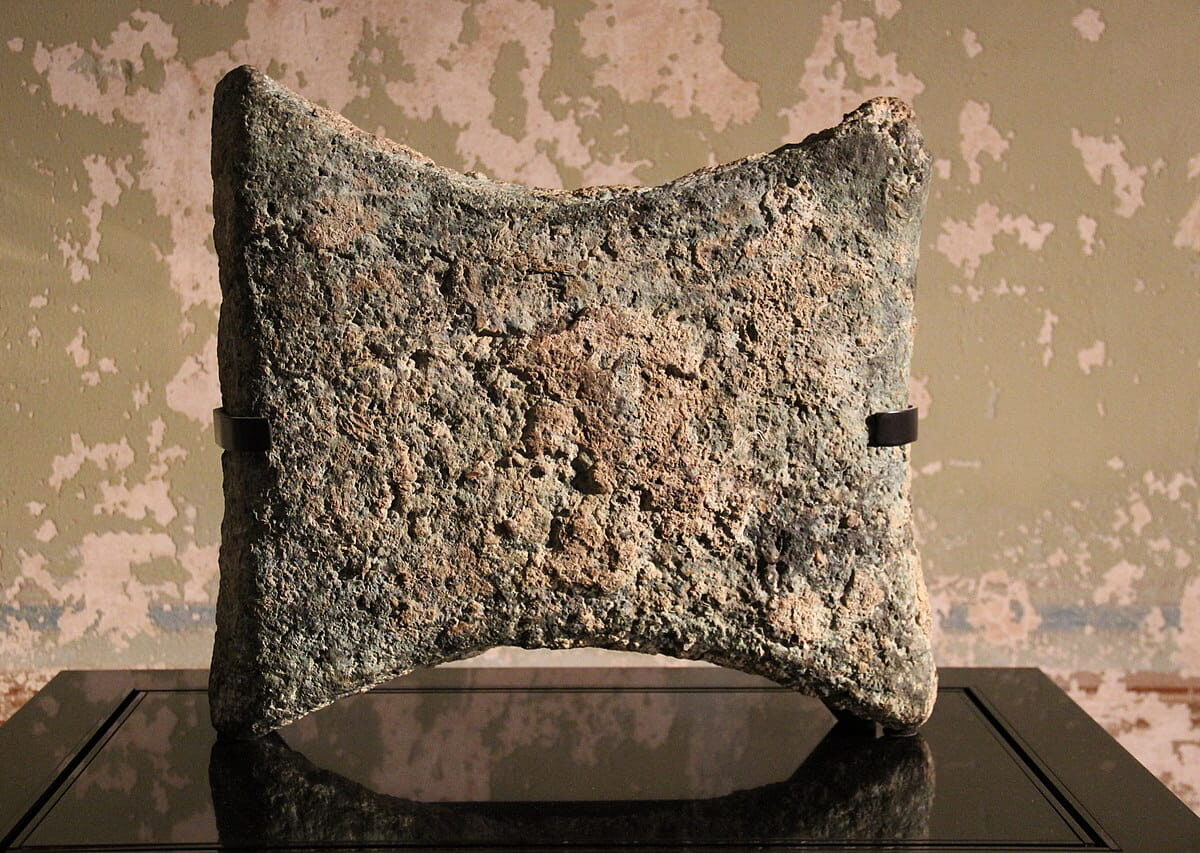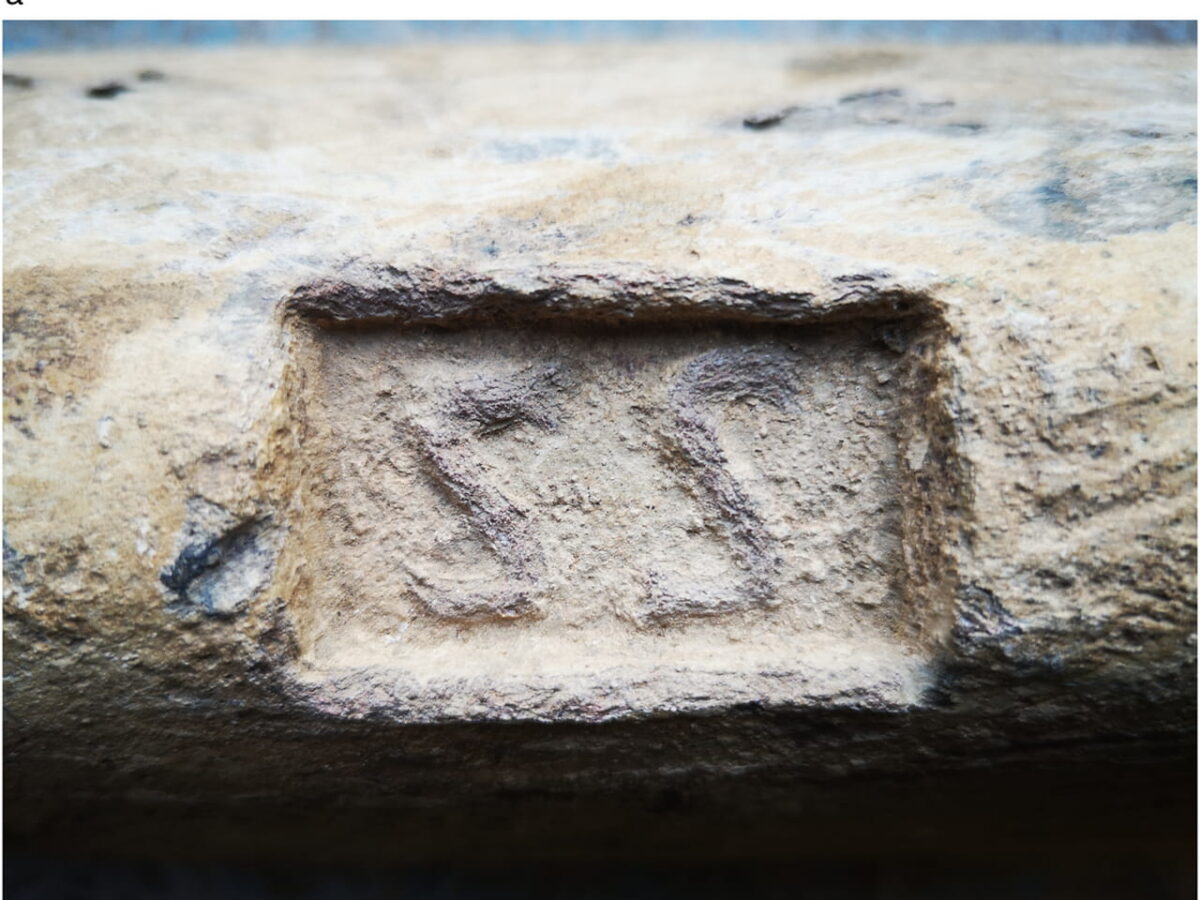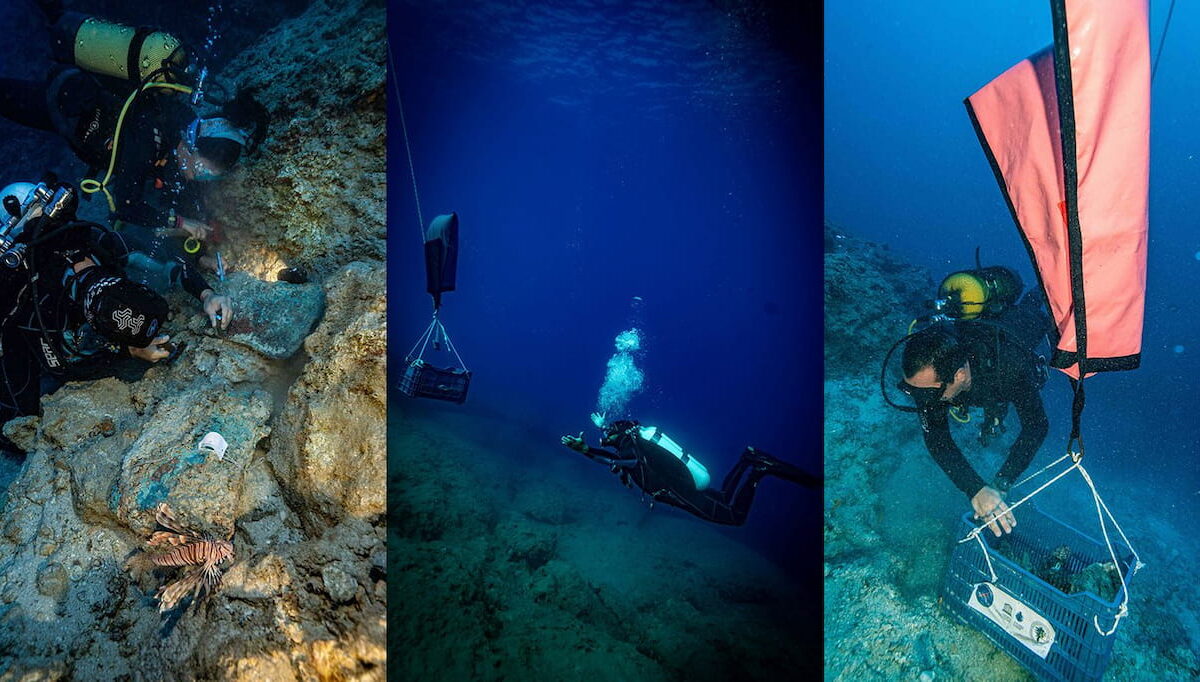Though they have long been considered a “trademark” of Cyprus from the 15th century BCE onward, the origin of this distinctive shape had remained unknown until now. Thanks to the expanded lead isotope database of copper minerals from Eurasia, researchers have been able to determine the origin of the oldest chemically analyzed oxhide copper ingots. […]
Ingots
Three Roman-Era Lead Ingots Found at a Site in Southern Spain that May Have Housed a Mine, Smelting Facility, and Processing Area
Three lead ingots, about 45 centimeters long and weighing approximately between 24 and 32 kilograms, were discovered years ago during the construction of the Maghreb-Europe gas pipeline at the Los Escoriales de Doña Rama site, located in Belmez, Córdoba (Spain). They are kept at the Belmez Museum and in private homes. These ingots, which are […]
Cargo of a Bronze Age Ship, the World’s Oldest Ever to Carry Copper Ingots, Found by Archaeologists
According to the definition, a wreck is a sunken or damaged ship. Most people associate it with a rusty iron structure or the wooden skeleton of a ship underwater. Underwater archaeologists have a different approach: they also call a wreck the cargo of a Bronze Age ship they found off the coast of Turkey, although […]




